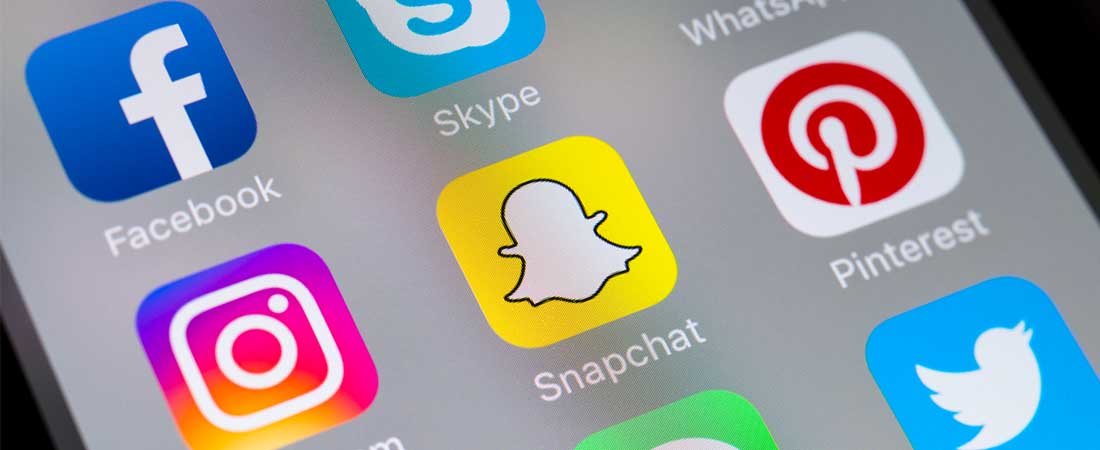Twitter and Facebook have become mainstays of communications and campaigning for politicians across the globe. Given its ease of use and vast reach, social media is a far more efficient method for connecting with the electorate than the traditional door-knocking session or constituency surgery.
While opinion is divided as to whether this development should be treated with positivity or pessimism, if there is one thing to learn from the 2016 US presidential election, it is that campaigns can be won – and lost – at the keyboard. A statistical analysis of President Trump’s tweets in the lead-up to Election Day found that his “celebrity” and “off-the-cuff” style played a significant role in garnering the interest of the American people.
The suggestion that social media is an important aspect of political communications is not exactly a new revelation. But what is noteworthy is how persistently Instagram has been ignored by campaigners, given its ubiquity on smartphones across the globe.
An online hotspot for millennials
Perhaps most important of all, the image-based platform leans towards a more youthful audience than other social media websites, providing politicians with the opportunity to engage authentically with new and future voters. Millennials account for a significant proportion of Instagram’s 17 million-strong UK user base, a rapidly growing figure which has recently surpassed British Twitter users. The platform provides an ideal opportunity for politicians to connect with a demographic which Westminster is continually attempting, and largely failing, to attract.
But despite this, while close to 600 MPs have Twitter accounts, and over 330 are on Facebook, only around 160 MPs have Instagram accounts. There is a clear, and growing, divergence between where MPs are talking online, and where young voters are engaging.
For the minority of politicians that are on Instagram, their accounts are less frequently updated, and their followings tend to be smaller. Jeremy Corbyn, for example, is one of Instagram’s most popular British politicians, with 195,000 followers, but this pales in comparison to his 1.9 million Twitter followers and 1.4 million Facebook followers.
In theory, Instagram provides an ideal platform for politicians to share authentic, visual content which has been produced for other social accounts with potentially new audiences – which leaves the question as to why this isn’t being done. What makes politicians so reluctant to join Instagram, and are they right to be so unenthusiastic?
High-quality – yet personal – images
While the use of images, videos and GIFs is encouraged on all social media platforms, Instagram is unique in marketing itself primarily as a photo and video-sharing service. This puts increased pressure on users to ensure that these photos are high-quality and engaging, a far more time-consuming practice than drafting a tweet or Facebook post.
Creating engaging content for Instagram is no easy feat – as demonstrated by the Conservatives widely-ridiculed attempts to promote the 2017 party conference. Politicians must strike a careful, and often elusive, balance between being professional and personable.
This balancing act is well-handled by the official Number 10 Instagram account, where short clips of Theresa May’s interviews and speeches are interspersed with official photos, as well as candid shots representing a friendlier, yet no less professional, side to the Prime Minister.
Lack of sharing, retweeting and virality
While Facebook and Twitter feeds are dominated by shared posts, Instagram’s functionality lags behind in allowing users to share content beyond their immediate followers. These features are available on the platform to some extent, but they are noticeably less user-friendly and underutilised compared to Facebook and Twitter.
Consequently, too many politicians may have the misconception that Instagram will not provide sufficient returns for the time taken to manage an account. However, while followings tend to be smaller, politicians can often enjoy much higher rates of meaningful engagement from Instagram users than they do across other social media platforms.
Authentic engagement with voters
The informal tone of Instagram can prove challenging for many politicians, but it is also an opportunity to show a more personal and approachable side, which is often missing from overly-polished Facebook and Twitter accounts.
Recently elected US Democrat Alexandria Ocasio-Cortez is a deft hand at authentic content, and an example of best practice that other politicians should learn from. The New York Congresswoman has already amassed a sizable online following, where alongside discussions of her ‘Green New Deal’ and proposed tax rates, Ocasio-Cortez also shares skincare routines with her 2.5 million followers.
Too many politicians’ profiles, such as those of the former Liberal Democrat leader Tim Farron and Brexit Secretary Stephen Barclay, focus on sharing updates from half-filled committee meetings or stilted campaigning photos, when they should be taking a leaf out of Ocasio-Cortez’s book. Instagram users already know that these individuals are politicians, what they need to be shown is that they are real people too.
According to a leaked Conservative Party presentation on utilising Instagram, MPs are encouraged to show that they are a “real person”, through “fun” and “personal” photos. Politicians are often accused of being out of touch with their constituents, which further begs the question as to why they are unwilling to use a platform which revels in ‘relatable’ content.
The challenges of Instagram are also the opportunities. Politicians who effectively use Instagram can set themselves apart from the crowded political landscape, developing a personable, authentic brand and reaching new voters, which could make all the difference at the ballot box.

